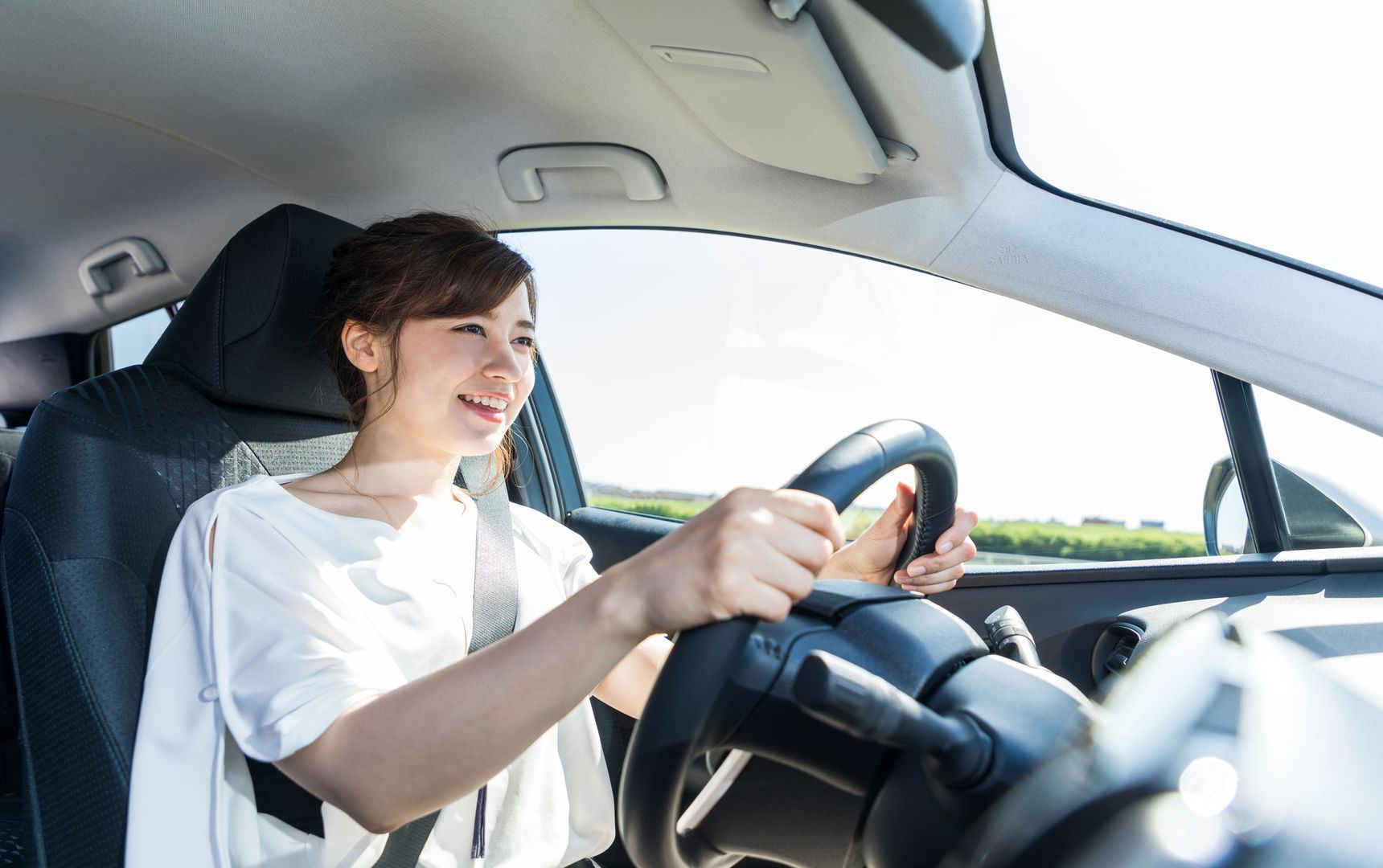Things To Unlearn From Your Driving Test
Just gotten your driving license and are ready to plan a carpool with friends? Well, you’re in for a rude awakening.
What most new license holders don't know is that there's a drastic difference driving with an instructor in tow, and doing so solo. Your instructors might preach the 'safety first' rhetoric to the point of worship and as such, would teach you specific techniques to aid it.
In reality, while most basic driving techniques are good to go, some may not be as efficient as one might think, while others may even be downright dangerous in certain situations! Before tackling Singapore’s rather unforgiving road culture, here are some things to unlearn from your driving test.
'Feeding' The Wheel
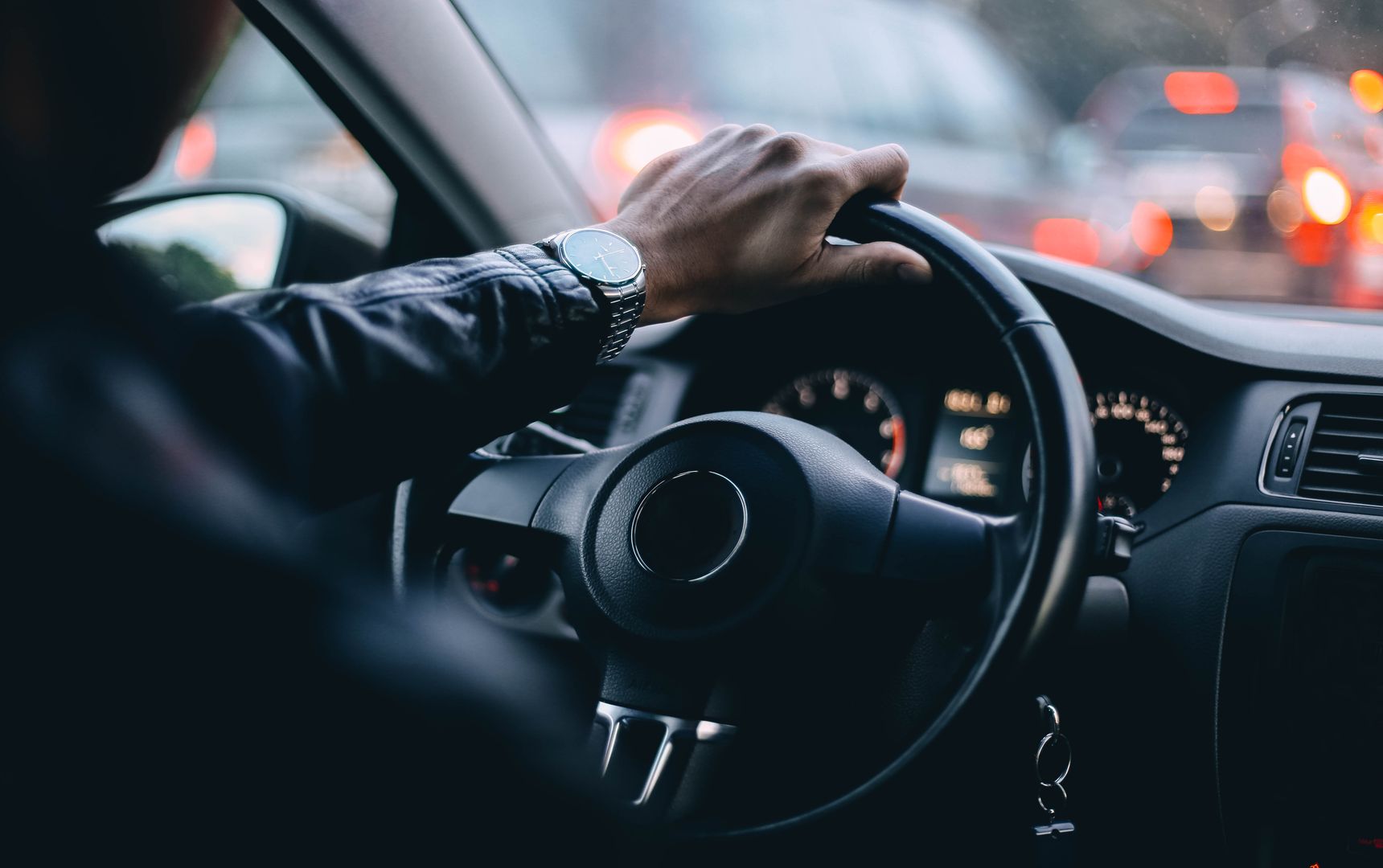
New learners may be taught to use one hand to 'push' the steering wheel while using the other to 'pull' it along. This is called the “push-pull method”, or “feeding”. Although the instructor would stress that it’s to keep both hands on the wheel at all times, it results in longer time needed in turning the wheel, and this gets hairy when you are faced with situations that require quick reflexes.
One method to avert the situation would be to use the 'hand-over-hand' technique, or crossing your hands while executing a turn. They provide faster reactions when needed, which is helpful when you're travelling at speed. Contrary to most instructors' words, it’s fine to cross, so long as you return your hands to the original nine-to-three or ten-to-two position after completing the turn.
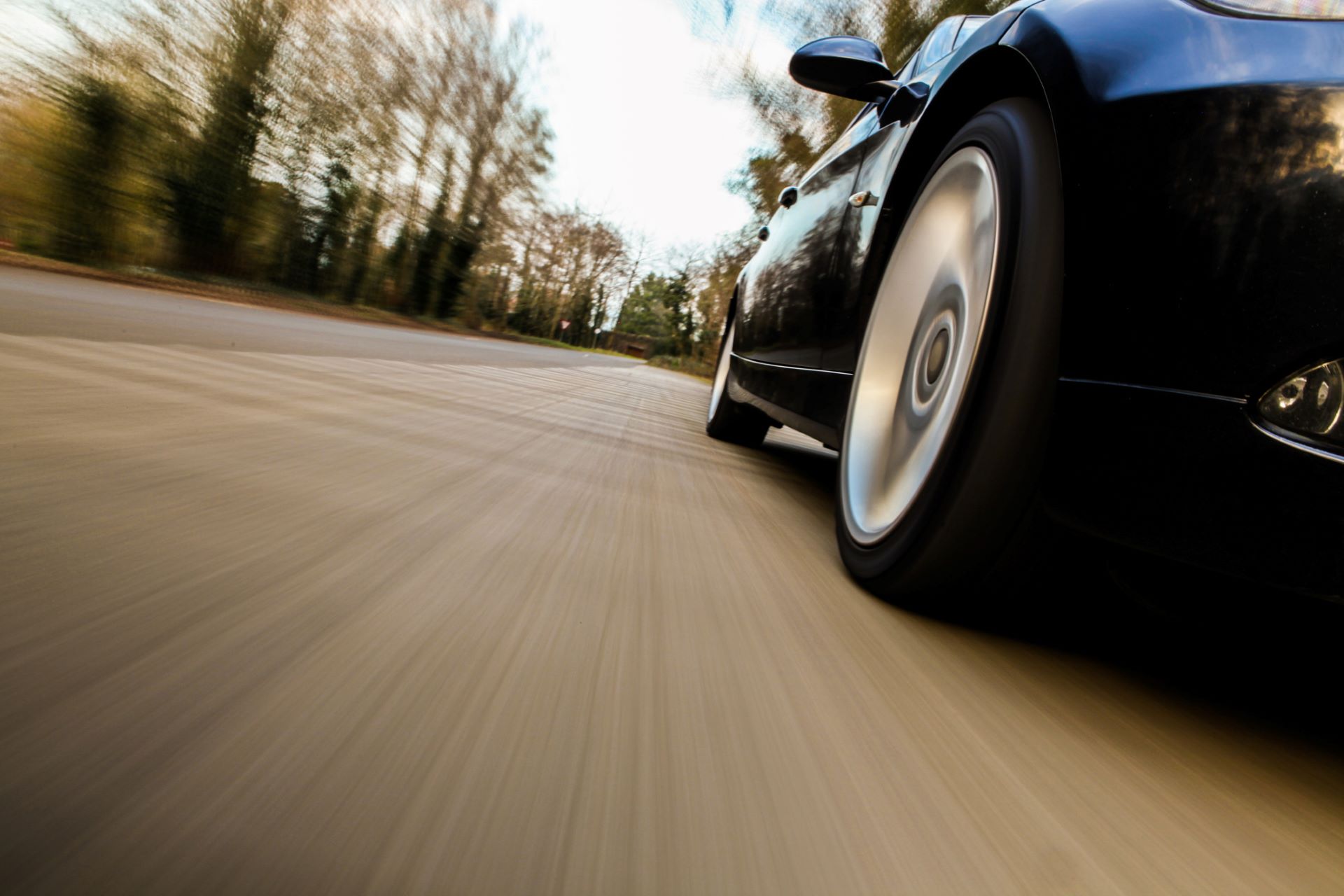
Let's use this scenario for illustration. You’re driving down the winding roads of Mount Faber, for example. Approaching a blind corner, you don't think much of it and start feeding the wheel. However, the corner turns out to be much sharper than expected, and before you can turn in quicker, you find yourself (and the car) on the wrong side of the ditch. With the "hand-over-hand" employed, chances are you can turn in faster than if you were to "feed" it, thus avoiding precarious situations such as the example given.
While the "feeding" method would work for your average turn at the intersection, we believe that it’s better to try to add more lock to your wheel by alternating your hands.
Leaning Excessively To Check Your Blind Spot
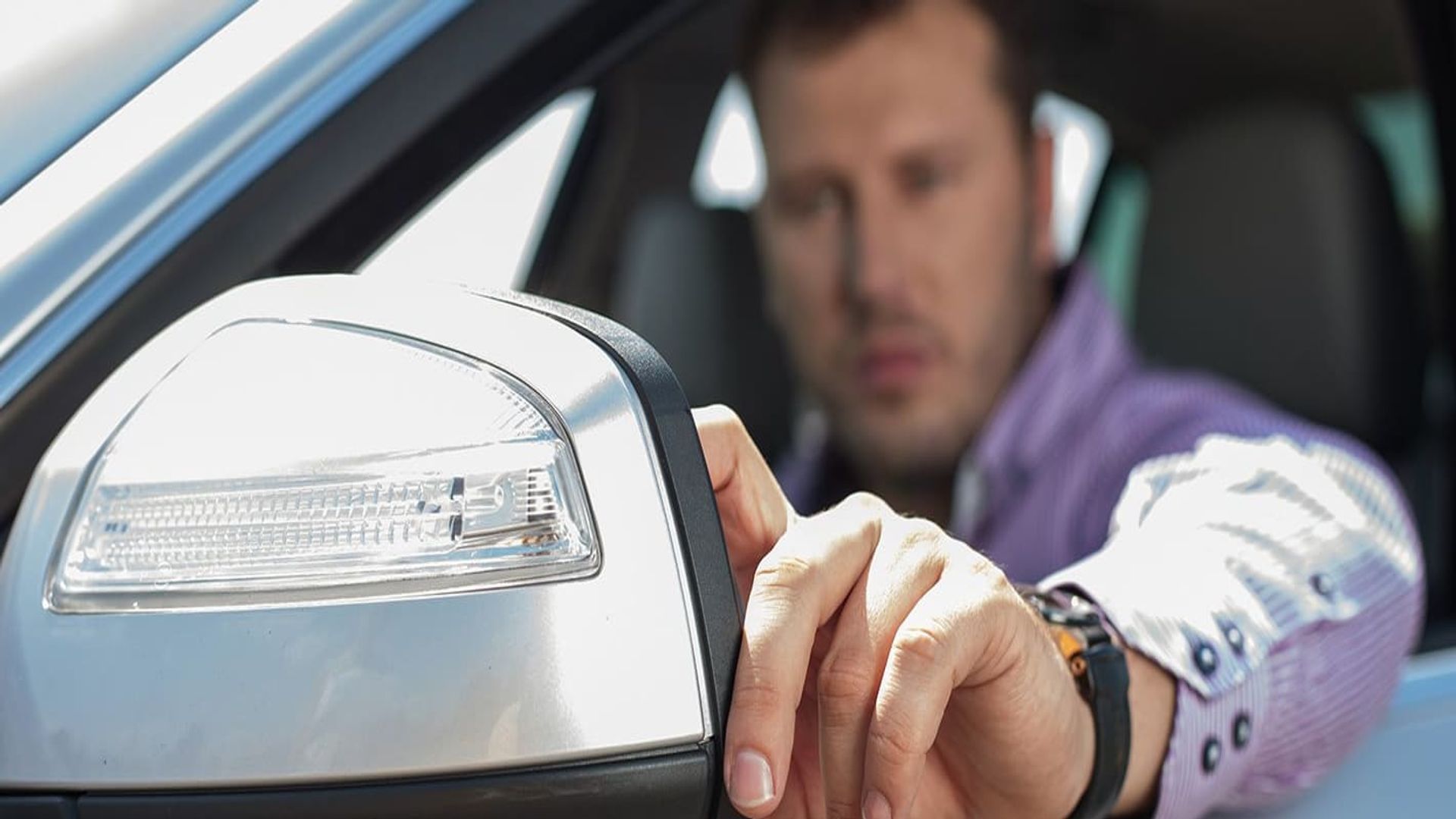
In the exam, the instructor makes it crystal clear that failure to check your blind spot by physically turning your head would result in harsh penalties.
Therefore, we have to make it painfully obvious by hunching over our steering wheel and turning our head out the passenger side window. In reality, not many drivers go to that extent, and with good reason.
Instead, drivers would simply check by moving their body forward slightly and using the corner of their eye, making full use of their situational awareness. This requires tilting their head slightly, but not in an exaggerated manner. This way should allow for a safer (and quicker) lane change to be done.
This method also allows you to keep your eyes on the road. After all, a lapse of even a fraction of a second may lead to an unwanted collision.
Driving at a Crawl
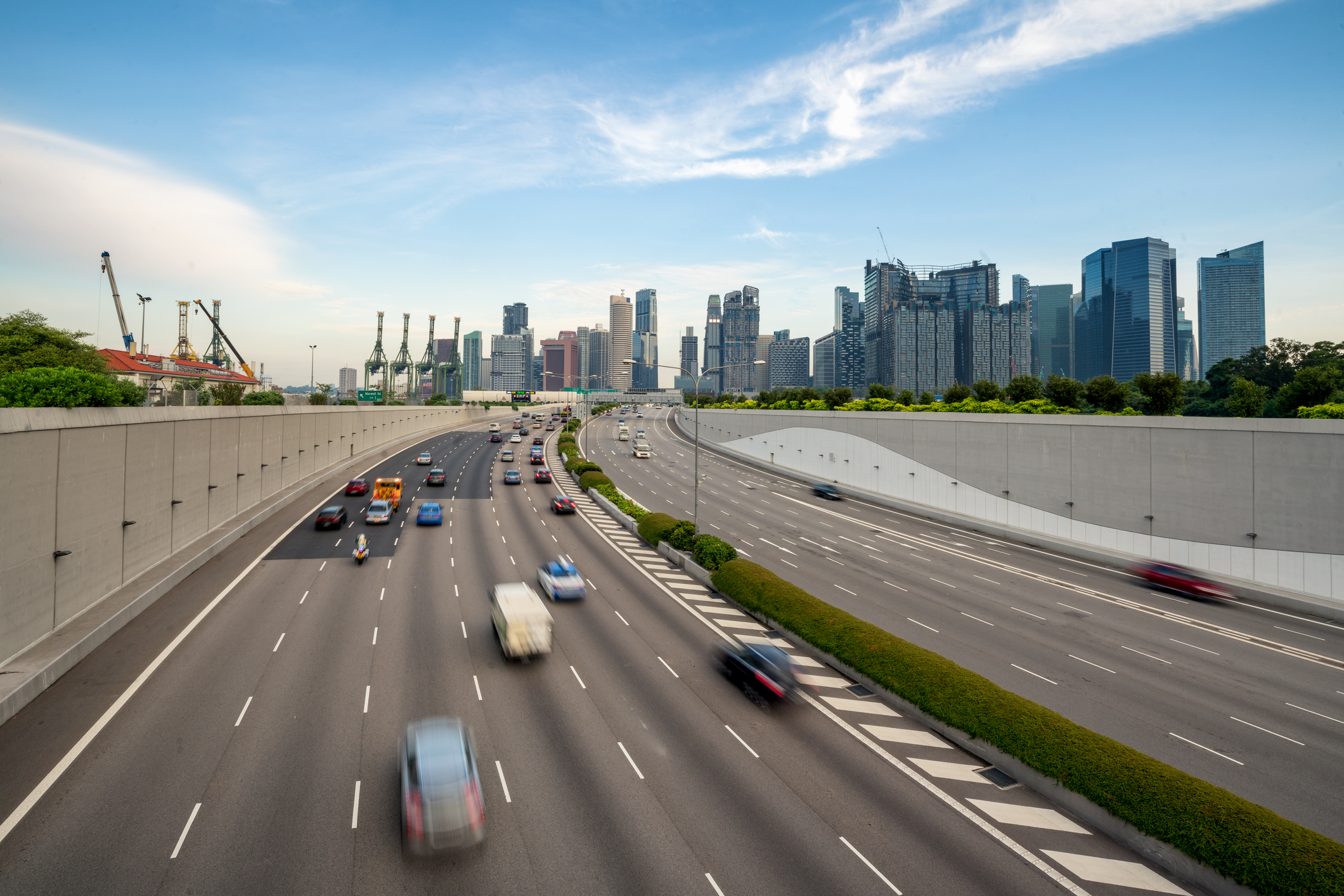
Speed is your friend. No, seriously. Your average learner driver would probably not have gone past 40-50 km/h, as set by the instructor. Thus, they would start to view speeding past this point as somewhat dangerous.
On normal roads, you’ll find most people driving at around 60 km/h. Enter an expressway and that speed accelerates to an average of 90 km/h. Needless to say, 40-50 would be exceedingly slow on such roads, and will likely inconvenience other road users. Therefore, that speed range is best suited for driving in small neighbourhoods only.
New drivers might start slowing down while reaching the expressway, perhaps due to being intimidated by other users. Not only is this a danger to the cars behind, but it’s also a danger to those travelling at speed. In this case, flooring the throttle slightly is the safest option (believe it or not), and travelling closer to the recommended speed limit.
Thinking That Roads Are Narrow

Hop into the driver’s seat and you might find that the roads outside seems smaller. In reality, most roads in Singapore are designed to accommodate vehicles of up to 1.5m in width, meaning that even trucks and buses are fair game.
Pointing to the safety-first rule that driving instructors teach, a 1.5m distance must be maintained while passing cyclists. In addition, striking or mounting kerbs would result in heavy penalties. What this instils is a good habit of always maintaining a safe distance from the kerb-side.
In heavy rush hour traffic though, you often do not have as much room to play with. Therefore, the notion of always giving 1.5m of space to avoid cyclists or kerbs does not seem as reasonable anymore. In this case, it’s crucial to keep as far to the right as possible without crossing into the other lane. If the cyclist keeps to the double yellow lines, passing him/her should be no issue.
Taking Too Long When Parking
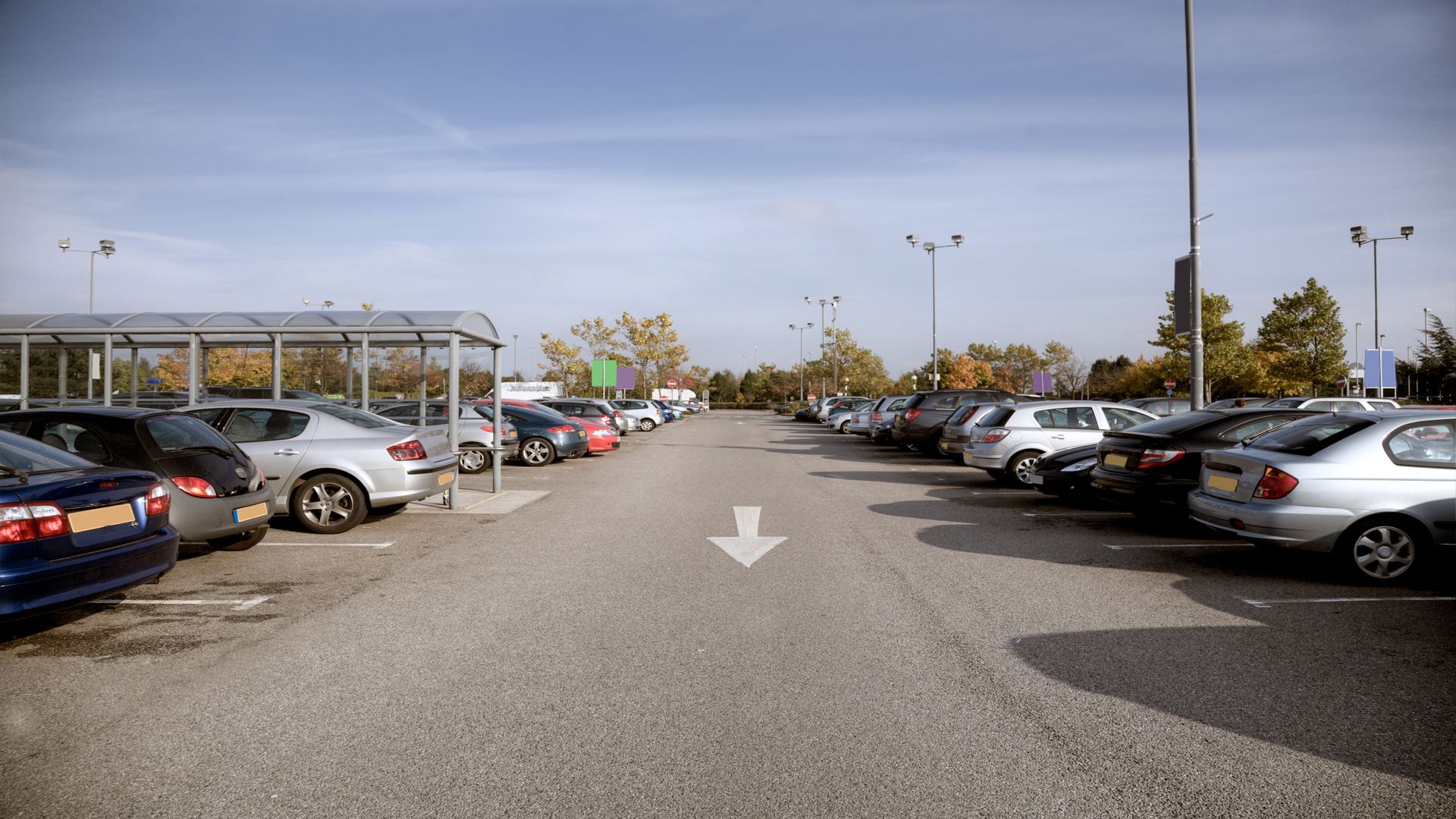
The driving test allocates three minutes for the candidate to successfully park vertically, and five to park parallel. This is ample time to visibly check every blind spot and to slowly reverse into the lot. Parking is easy to get wrong, hence your driving instructor would usually say “relax and take your time”.
Alas, if only this were true in the real world. If someone’s free parking period is ending and they’re rushing to leave the car park, for example, they probably wouldn't appreciate another driver parking very slowly and blocking up the only path leading to the exit.
We recommend doing a quick assessment of the parking spot before parking - whether it's wide enough, or if there are obstacles nearby. Safety checks should still be done such as checking your rear window and blind spots for pedestrians/objects. Just like changing lanes, a quick (but careful) glance and utilising the reverse camera (provided your car has one) will suffice.
While you may need a bit more time to park as a new driver, it wouldn't help inconveniencing others along the way. If you need more time to park, let the drivers behind you know first by switching on your hazard lights.
Safety First While Driving!
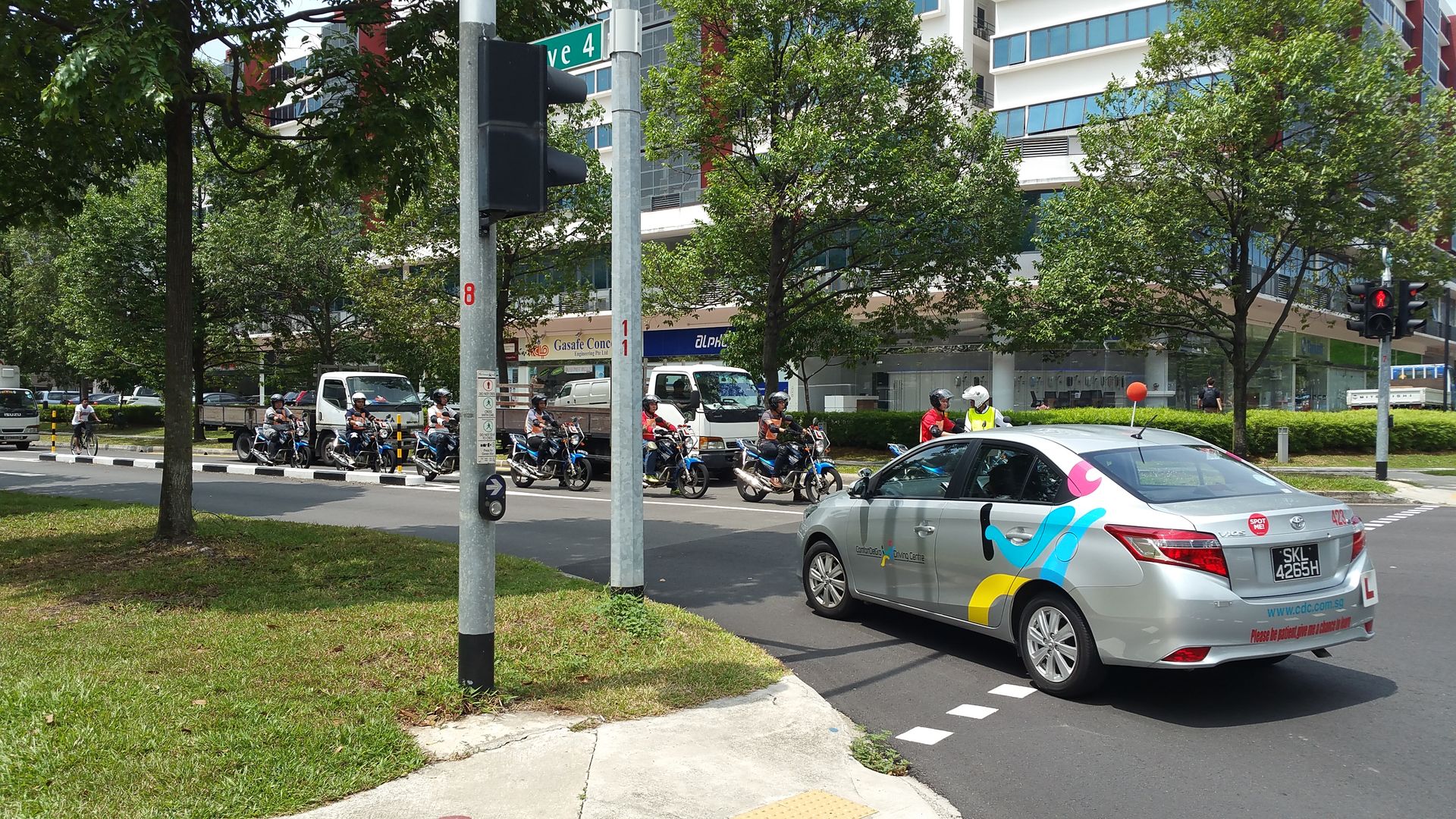 (Photo Credit: Heartlander Tourist)
(Photo Credit: Heartlander Tourist)
While these are some exaggerated elements that should be unlearned from your driving test, safety is still your top priority and should not be compromised.
Abide by all the traffic rules and be situationally aware at all times when behind the wheel. And as always, be a considerate driver always, so that we can all enjoy a peaceful driving experience together!
Taking this into account, if your next step is buying a used car, our extensive used car listings would do wonders in your search!
Super App for
Vehicle Owners
Read More: 5 Luxury Cars Worst Hit By The New ARF Tier
Download the Motorist App now. Designed by drivers for drivers, this all-in-one app lets you receive the latest traffic updates, gives you access to live traffic cameras, and helps you manage LTA and vehicle matters.
Did you know we have a Motorist Telegram Channel? Created exclusively for drivers and car owners in Singapore, you can get instant info about our latest promotions, articles, tips & hacks, or simply chat with the Motorist Team and fellow drivers.
